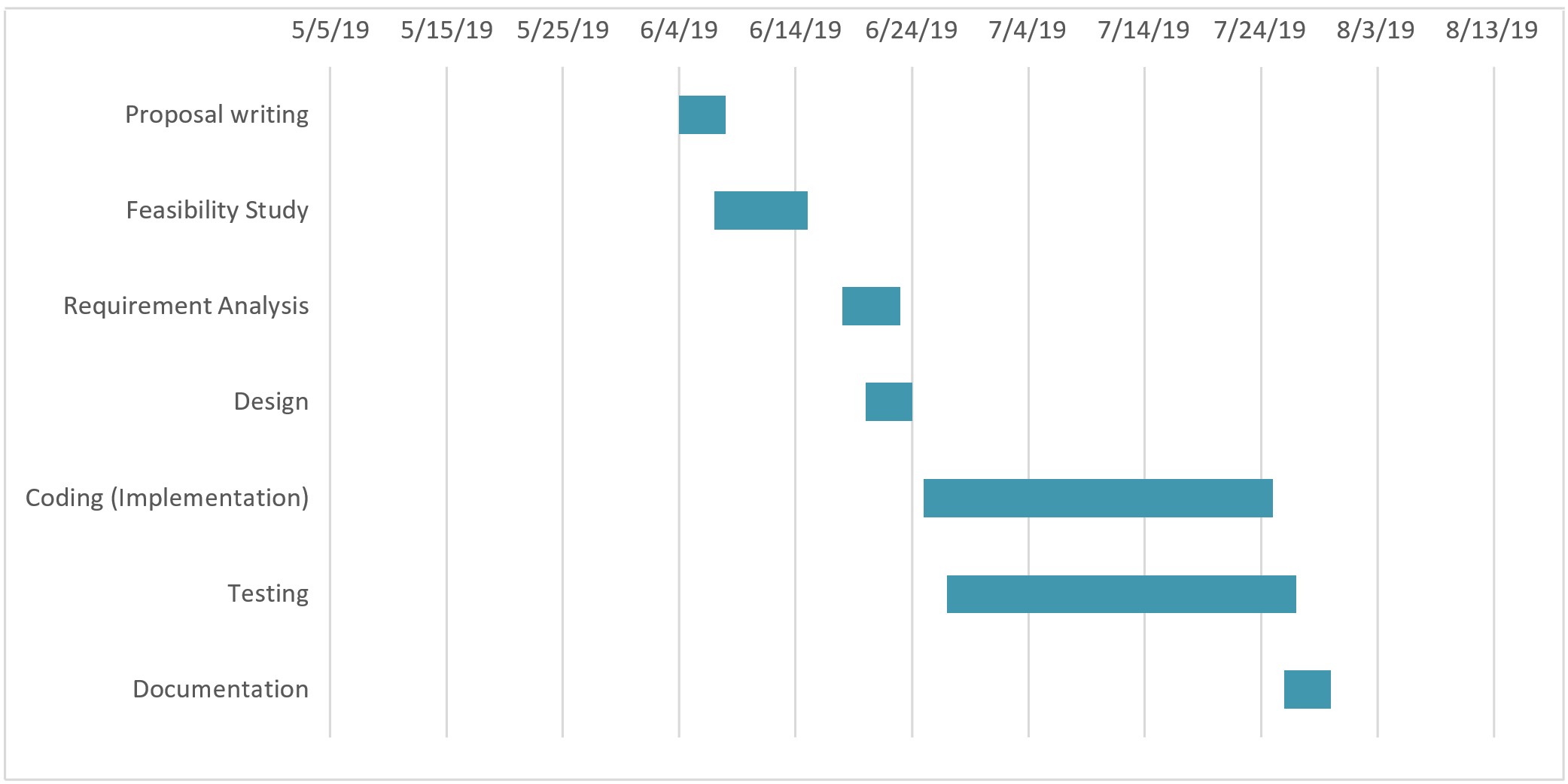Rental House Management System: Thesis Documentation Chapter Three
CHAPTER 3: METHODOLOGY
In this chapter, the system methodology will be explained. It will focus on how to collect data and how they will be analyzed and implemented.
3.1. DATA COLLECTION TECHNIQUES
It shows how data will be collected from the users of the system. The data collection techniques to be used include:
3.1.1. Interview
This method will be used to collect information from landlords and tenants via conversation so as to know how the manual way of managing information works, its flaws and if and how the digital system might help them.
3.1.2. Primary Source of Data
This is the data that will be collected from the respondents that will assist in developing the system. It will include contracts, forms and other information that will be given out by respondents during an interview.
3.2. SYSTEM DEVELOPMENT AND METHODOLOGY
System development methodology is a technique that is used to show how the proposed system will be developed. In this case, the methodology used will be a waterfall model.
3.2.1. Waterfall Model
It is comprised of the stages that the developer will use when developing the system. It is a sequential model hence, the name waterfall. One has to finish one stage before going to the next stage therefore one cannot go back to a previous stage once it is done. It comprises of the feasibility study, analysis phase, design phase, coding phase, testing phase, implementation phase and the maintenance phase. It is a simple model and easy to use and understand. The output of one stage is crucial for starting the next stage. Once a stage is approved one is free to move to the next phase.
3.2.1.1. Feasibility study
This stage will help in gaining understanding about the landlords’ and tenants’ current problems with the existing system via the interviews with the tenants and landlords. Then the obtained information will determine the importance of the system being proposed in terms of technical, economic and social feasibility.
3.2.1.2. Requirement analysis
This stage involves gathering of information about the customer’s needs via interview and define the problems that the system tends to solve. Both software and hardware requirements will be analyzed.
3.2.1.3. Design
This stage will include the overall design of the system, that is, the User Interface and the database design. This stage will help in identify faults from the previous phase (missing information) and its output, which is the design specification, will help in the next stage of implementation
3.2.1.4. Implementation
This is the stage that coding is done as per the design specification(s). The user interface will be implemented with HTML5, CSS3, JavaScript, Bootstrap; PHP 7 scripting language to establish communication between the interface and the database. The database design will be implemented using SQL with MySQL as the Database Management System. All these will result to the product components built according to a pre-defined coding standard and debugged, tested and integrated to satisfy the architecture requirement of the system.
3.2.1.5. Testing
This is the stage that will test the system to ensure that they are fault free and are made per the user requirements. This will involve both alpha testing that will involve testing at the development site, unit testing of individual code module and system testing of the integrated product. The bugs found will be corrected before moving to the next stage. Preparation, reviewing and publishing of the documentation will be done at this stage.
3.2.1.6. Deployment
This stage is done once the product has been tested and certified as fit for use. The system is prepared for use large scale.
3.2.1.7. Maintenance
This stage occurs after installation. It involves modifications on the system to improve performance per the user requirements or change of technology. Sometimes it is required due to the appearance of bugs that were not initially encountered. These modifications are recorded for documentation and system update.
3.3. TIME FRAME

Figure 1: Timeline using Gantt Chart
Rental House Management System: Thesis Documentation Abstract and Table of Contents
Rental House Management System: Thesis Documentation Chapter One
Rental House Management System: Thesis Documentation Chapter Two
Rental House Management System: Thesis Documentation Chapter Four
Rental House Management System: Thesis Documentation Chapter Five
Rental House Management System: Thesis Documentation Chapter Six
Rental House Management System: Thesis Documentation Chapter Seven
Rental House Management System: Thesis Documentation Chapter Eight
Rental House Management System: Thesis Documentation APPENDIX A
Download the source code of this Thesis:
Rental House Management System
